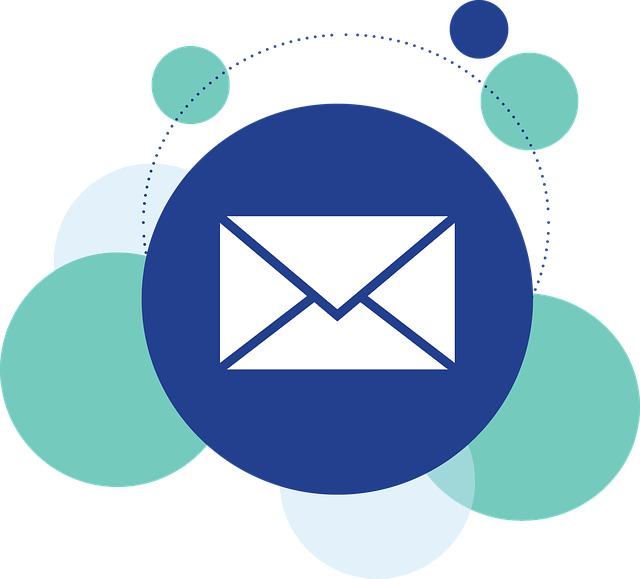What if you were so important that it was imperative to save your email communications for future generations, perhaps for centuries?
Ensuring that your emails remain accessible and readable for an extended period, such as 200 years, would certainly be a challenging task due to the rapid evolution of technology and changes in file formats. Here are some general suggestions that might help increase the chances of your emails being future-proof:
- Use Plain Text:
- Stick to plain text whenever possible. Plain text is a universal format that has been around for a long time and is likely to remain readable in the future.
- Avoid Proprietary Formats:
- Avoid using proprietary file formats or software-specific features in your emails. Stick to widely accepted and standardized formats.
- Archive in Standard Formats:
- If you need to send attachments or include documents, consider archiving them in standard, widely supported formats like PDF or TXT. These formats are more likely to be readable in the future.
- Keep it Simple:
- Avoid using complex formatting or styling in your emails. Simple, well-organized content is more likely to withstand changes in technology.
- Include Context:
- Provide sufficient context in your emails so that even if some technologies change, the core message or information can still be understood.
- Metadata:
- Include relevant metadata in your emails. This might include the date, context, and any other information that could help someone understand the significance of the email.
- Regular Backups:
- Regularly back up your important emails. Ensure that the backups are stored in a secure and easily accessible manner. Periodically check and update the storage medium to ensure compatibility with future technology.
- Consider Digital Preservation Initiatives:
- Explore digital preservation initiatives and organizations that aim to ensure the long-term accessibility of digital content. They may provide guidelines on best practices for preserving digital information.
- Educate Recipients:
- If you are sending emails to others, educate them about the importance of preserving digital content. Encourage them to follow similar practices to increase the chances of the email’s longevity.
- Open Standards:
- Whenever possible, use open standards for communication. Open standards are more likely to be supported by a variety of software and platforms over time.
Remember that while these suggestions can improve the chances of your emails being readable in the future, there are no guarantees. Technological changes can be unpredictable, and the best strategy is to stay informed about emerging standards and regularly update your preservation methods as needed.
Another tool you can use to access your old emails and to convert them to different formats, is Pst Viewer Pro by Encryptomatic LLC. Pst Viewer Pro can read your emails and convert them to text files, xml files, PDF files, and much more. You can learn more and get a 2 week free trial from their website.
